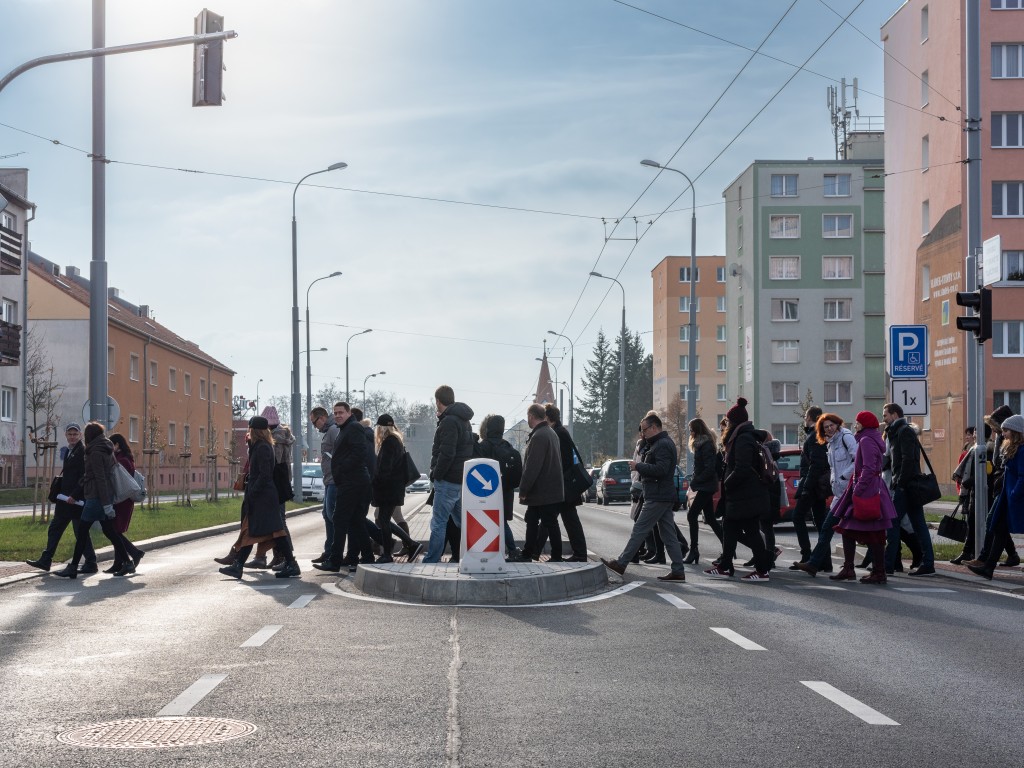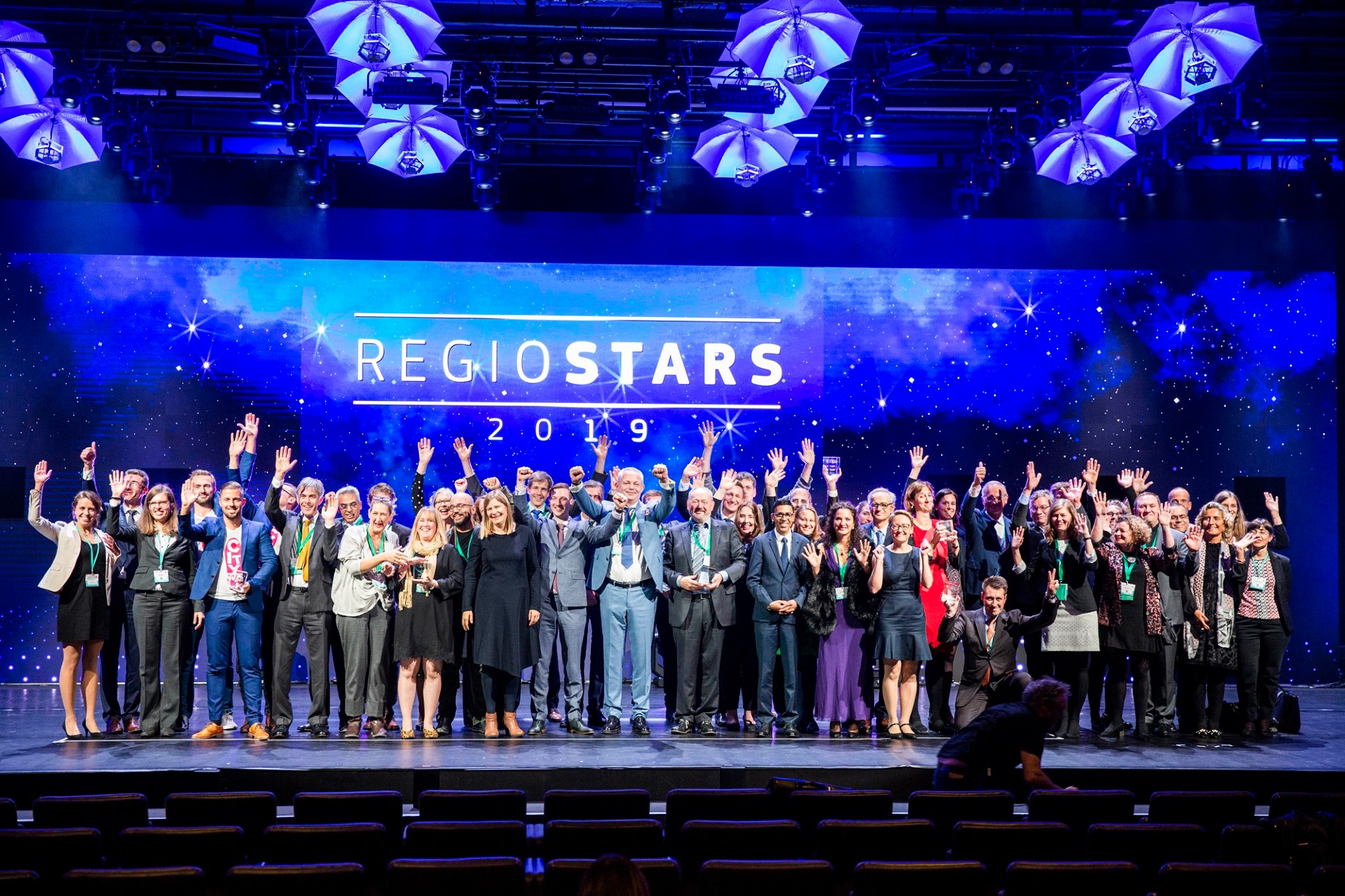CityWalk - Making cities more walkable for better life
10-08-2021
With a steadily growing urban population in almost all cities in the Danube region, the mobility demand is on a rise too. To counteract the negative effects of urban transport, the CityWalk project is helping cities to promote more sustainable forms of mobility, especially forms of active mobility, such as walking and cycling.
April 19, 2021
 Image: CityWalk
Image: CityWalk
Many modern urban areas have been built around cars. Traffic congestion, local air pollution, greenhouse gas emissions are just some of the negative effects resulting from the growing numbers of fossil-fuel powered vehicles circulating on the roads of our cities. On the other hand, walking, instead of using cars, has many benefits. In addition to the scientifically proven fact, that being physically active improves health and leads to a happier life, it's beneficial for the environment too. With less noise and air pollution, walking makes cities cleaner, healthier and more sustainable places to live.
In the CityWalk project, municipalities, development agencies, research organisations and chambers of commerce from nine countries share best practices to promote walking in the cities by small-scale pilot actions focusing on awareness raising, traffic safety or street design.
"The CityWalk project is helping to unlock the positive effects of walking in urban areas and so create more liveable cities."
Danilo Čeh, Project Manager
Changing the city in the Danube region
To bring this idea to fruition, the project team developed a ‘walkability toolkit’, which, among other things, includes a walkability index, measuring how pedestrian-friendly different urban neighbourhoods are, and the Walk'n'Smile app, allowing to assess walking conditions by using smart phones.
One of the cities that took part in the project was the historic town of Ptuj in north-eastern Slovenia. As a tourism destination, the city of Ptuj stakeholders wanted to create public space where residents and tourists alike feel safe and can easily orient themselves. Changing the street signage and wayfinding design in the pilot action, therefore, aimed at making the town more attractive and accessible to the pedestrians. As a result, new information system was designed and installed in the historic centre of the town. Later on, the works continued with the redesign of the city marketplace.
“Before the CityWalk project, I had constant problems due to the incorrect construction of the sidewalks, the car parking lots and the bad layout of the whole market. Cars park directly in front of my store’s entrance, blocking the space intended for pedestrians and my customers. With CityWalk, our city solved these problems. They corrected the sidewalk, banned the parking lots and promoted walking. Now my customers have no problem walking safely, have normal access to shops and are separate from cars," says Ljudmila Grabar, shop owner in the centre of Ptuj. Solutions promoting walking, like the ones in Ptuj, were published in the Good Practice Catalogue. All in all, 47 good practices from 18 countries were included.
 Ptuj, Slovenia. Image: CityWalk
Ptuj, Slovenia. Image: CityWalk
Regiostarts Award
Upon completion of the project in 2019, CityWalk project was selected as a finalist of Europe’s Regiostars award, given to EU-funded projects which demonstrate excellence and new approaches in regional development and won the Public Choice category where it was competing against 24 projects from all over Europe.
 Image: CityWalk
Image: CityWalk
